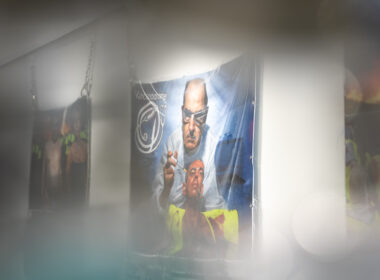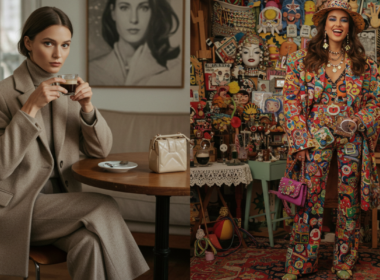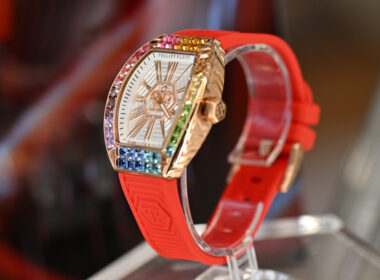Aso Oke—the clothes from the upcountry—is the traditional fabric of the Yoruba people, and it ranks at the top of the indigenous textiles. Aso Oke is handwoven from fibre and raw cotton. The cotton is harvested, processed, spun into yarns, dyed into colours, and left at the mercy of creative craftsmen and women who create the ageless and ever-relevant textile. Aso Oke is also known as Aso Ofi, which translates to fabric created on the wooden loom. There’s no difference between the two names. They both refer to the same fabric.
Cultural Significance
Aso Oke differentiates the Yoruba culture in a unique way. Anyone could wear Ankara or Adire, but it takes someone who knows and appreciates the culture to make an outfit out of Aso-oke. It is a representation of prestige and social status. Agbada, iro, and buba made out of this textile are known to be worn by kings, royalties, and people for special occasions like coronations, anniversaries, and weddings. The fabric exudes regality and class.
Owambe
Yoruba parties are good events to wear your Aso Oke to. First, you need to know how grand the party is so as not to be overdressed. Usually, the celebrants, couples getting married, and close family members wear complete Aso Ofi—buba, sokoto, and agbada for men, iro buba, and gele for women—if they choose to. The other party attendees get to wear Ofi as head ties and caps. It gets really beautiful when there is a uniform design chosen for all attending guests to go with the asoebi.
The Alluring Regality of Aso Oke
A couple could be just random people on other days, but on their wedding day, they are celebrities. Aso Oke equally understands the assignment and presents them as royalties. When the groom appears in a complete agbada made from Aso Ofi with some creative tweaks by his designer, he could as well pass for a king; his bride, a queen. Evolution in fashion has allowed designers to carve amazing designs out of the basic traditional styles for men and women. Also, the textile has transcended its traditional roots and functions and has become an elegant fashion statement. Mixed with other fabrics, it subtly gives off a sophisticated vibe. The fabric is incorporated into modern clothing, including shoes, clutch purses, and bags.
Preservation of Culture, Craftsmanship, and Memories
The best and largest producers of Aso Oke are the people of Iseyin, Oyo State. There, you will find professional weavers who inherited the occupation from their parents and grandparents before them. It is an art taught from childhood, and it is the most popular occupation among the indigenous people. Every day, retailers, wholesalers, and tourists travel into Iseyin to buy and resell. One would think that civilization would have a terrible effect on the demand and use of textiles, but it has only helped in promoting their beauty. In addition, celebrations are an integral part of the culture. Yorubas have all forms of celebration booked for every weekend all around the nation, and each new event has its own chosen design of Aso Oke. Dig up an old woman’s box of Aso Ofi, and she can tell you whose wedding she used which design for.
Aso Oke Today
In the past, Aso Ofi was not everyday clothing. It is that kind of cloth that you only wear on special occasions. If it’s not red carpet or themed, it’s hard to come by. Odd would be an understatement to see a grown man in full agbada made from Aso Oke hustling for a bus to work on the streets of Lagos on a Monday morning. Not so odd, but still odd if you were attending a random party in complete Ofi regalia, especially if you were not the celebrant.
However, Aso-oke has seamlessly integrated itself into contemporary fashion, becoming a favourite choice for modern designers crafting everyday attire like jackets, pants, waistcoats, gowns, and effortlessly stylish ensembles. Through a harmonious blend of Aso-oke with Western textiles, it’s becoming increasingly common to spot Aso-oke garments making appearances in professional settings, even on a Monday morning. Stay up to date on the newest in the world of Fashion, Arts, Beauty and Lifestyle; Follow FAB on socials.
Asooke remains an ever-relevant and cherished piece of class, culture, and heritage, connecting the past to the present and defining status. Discover other African celebrity fabrics here.
Dairy-Free Food: Milk Substitutes for Lactose-Intolerant Champion











